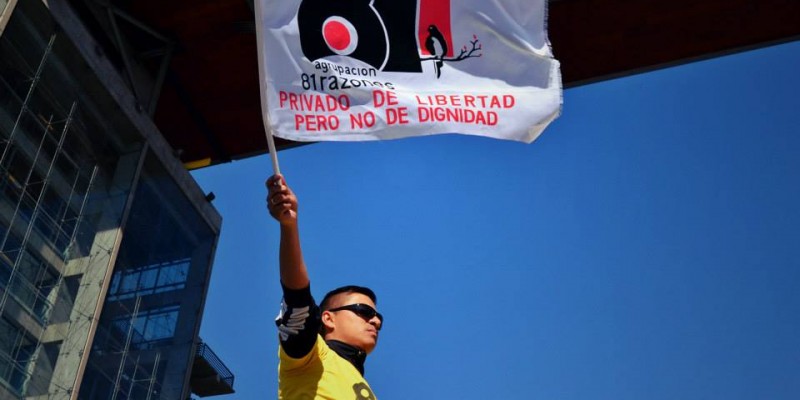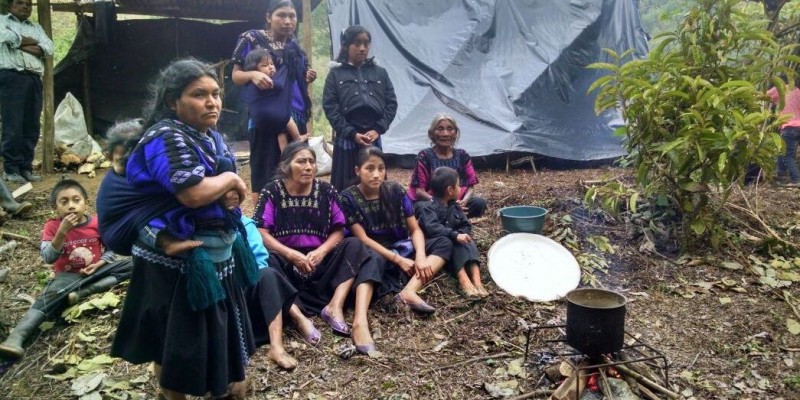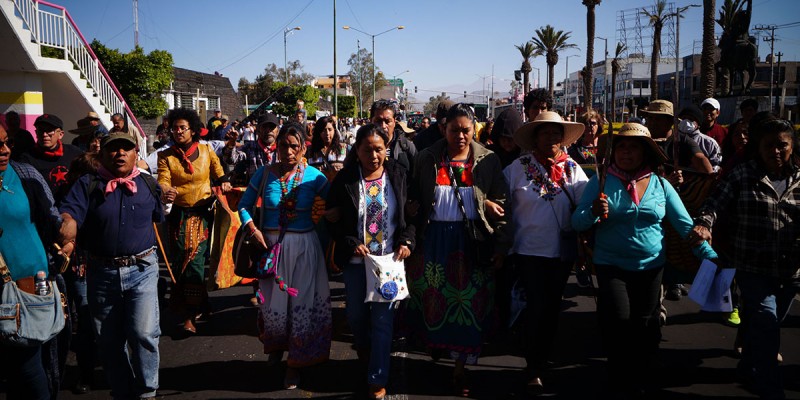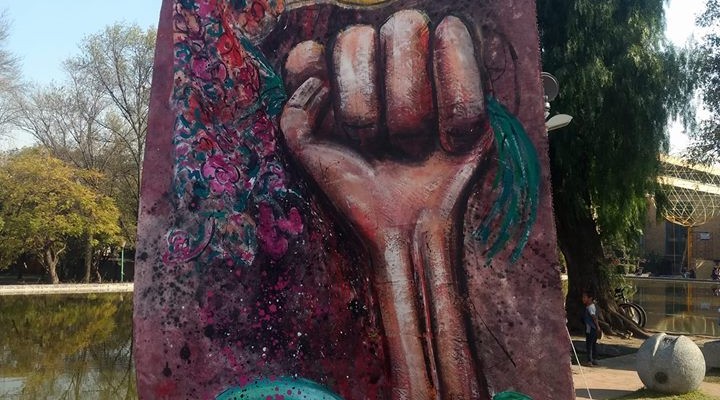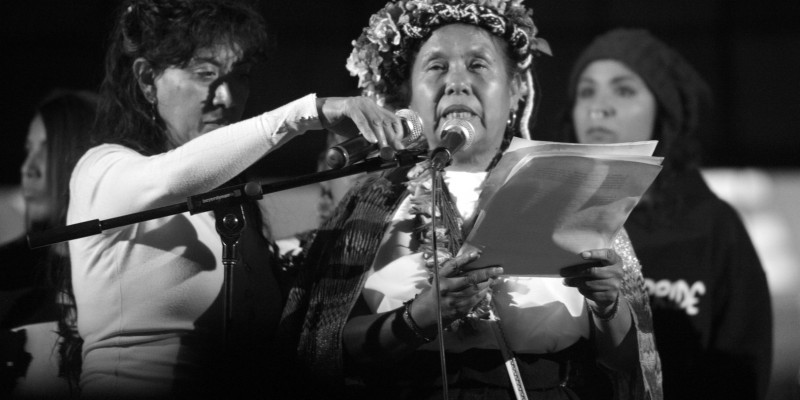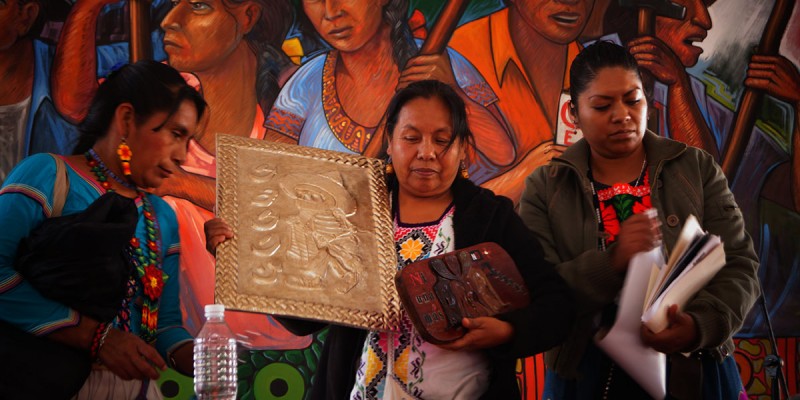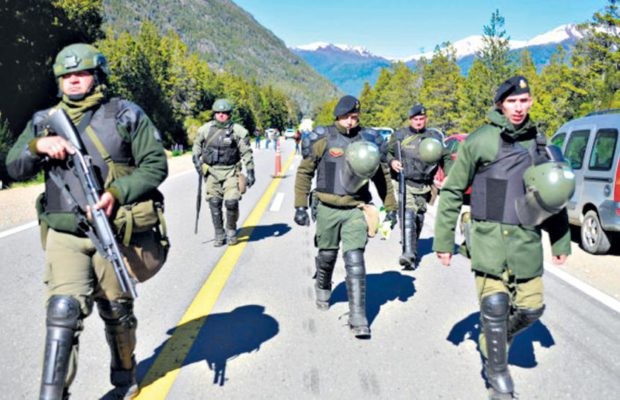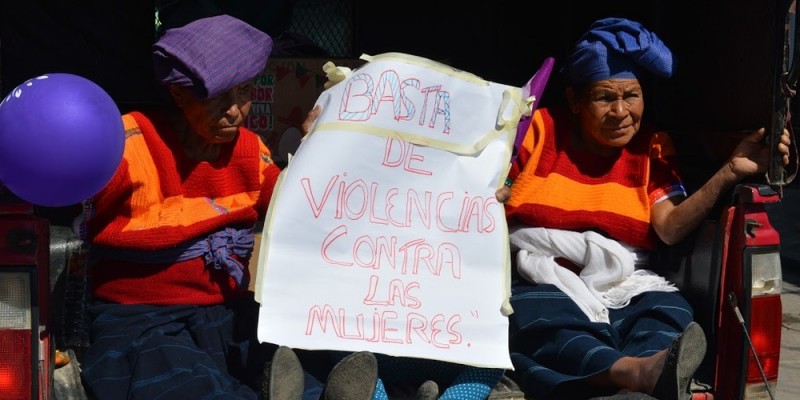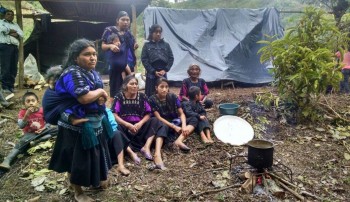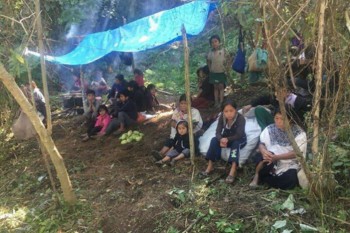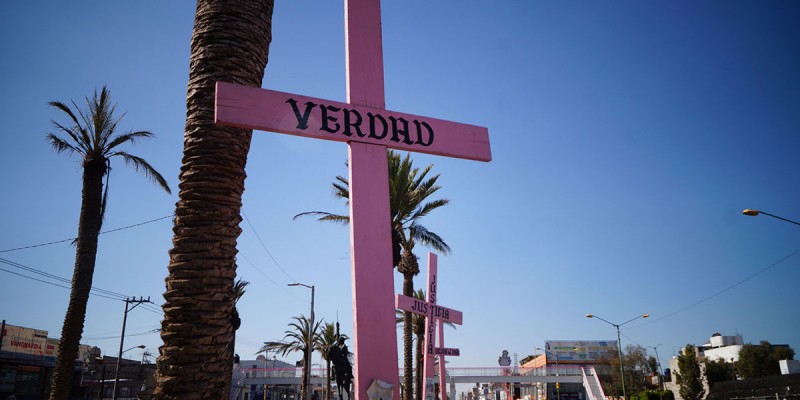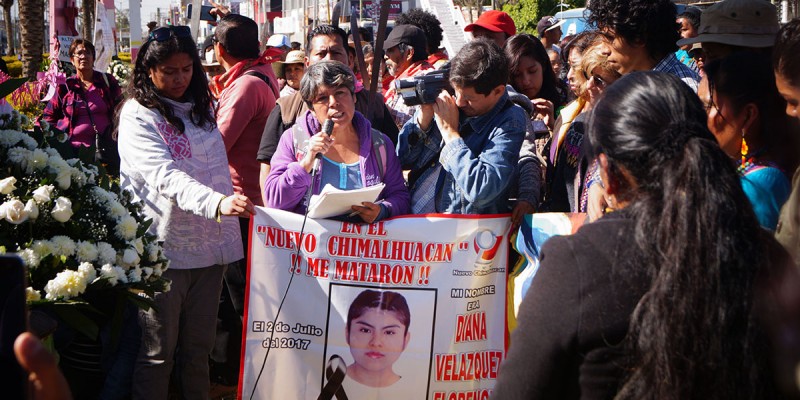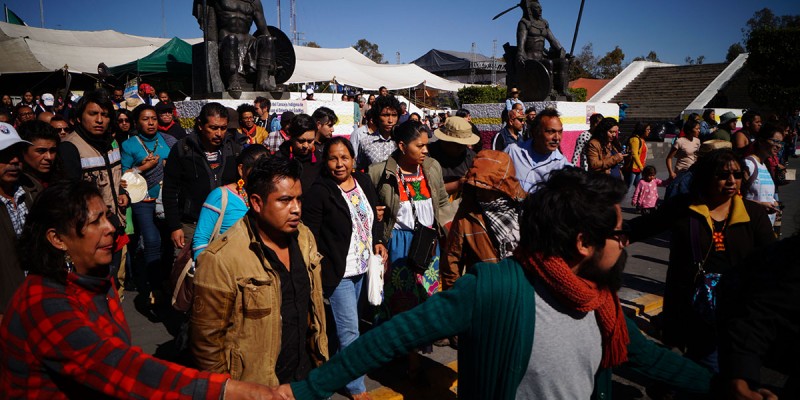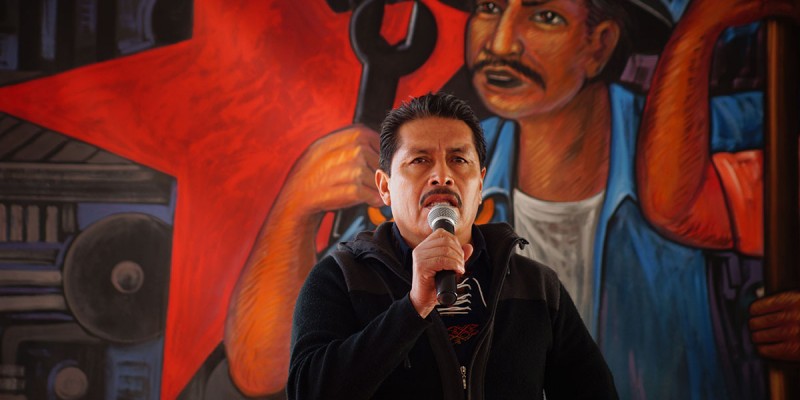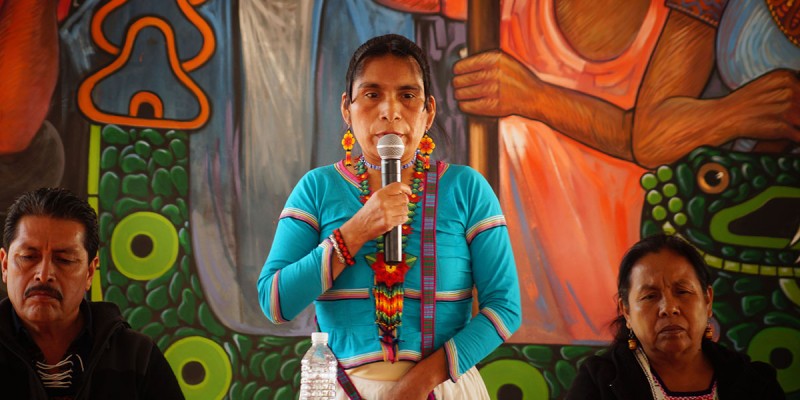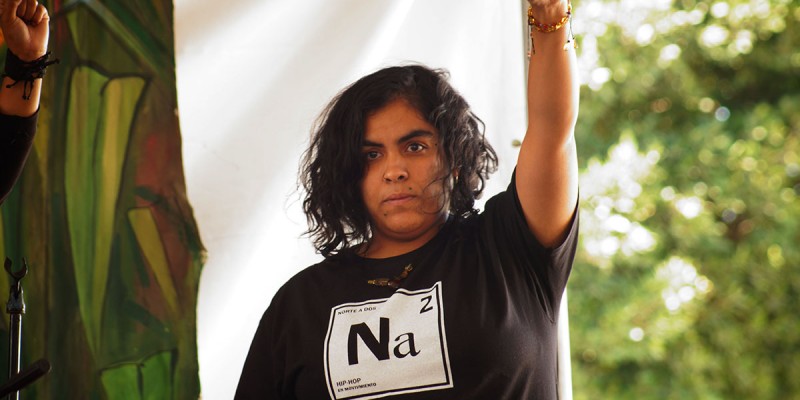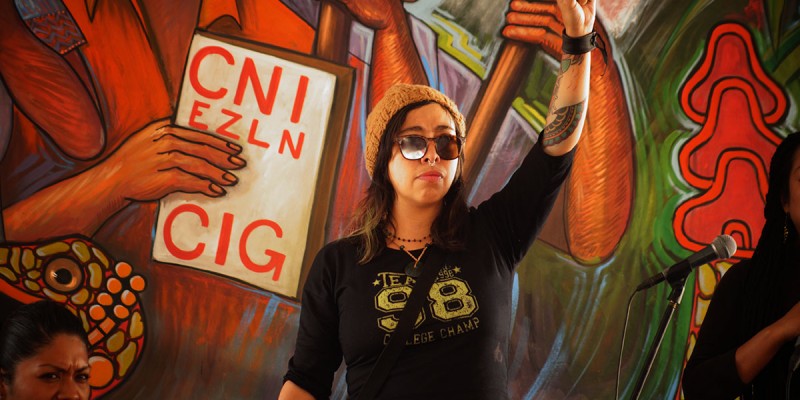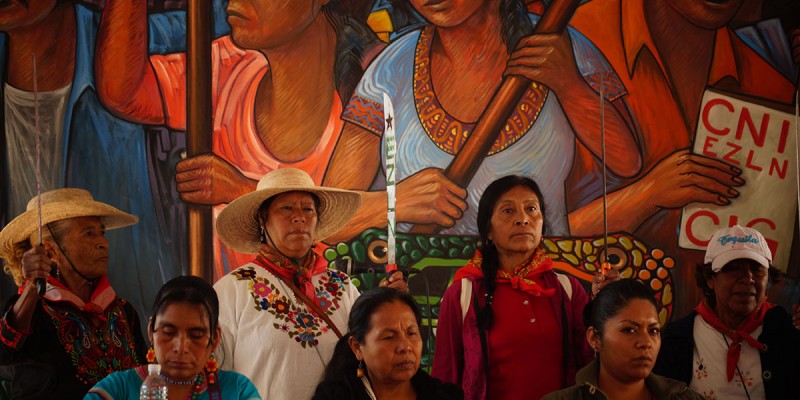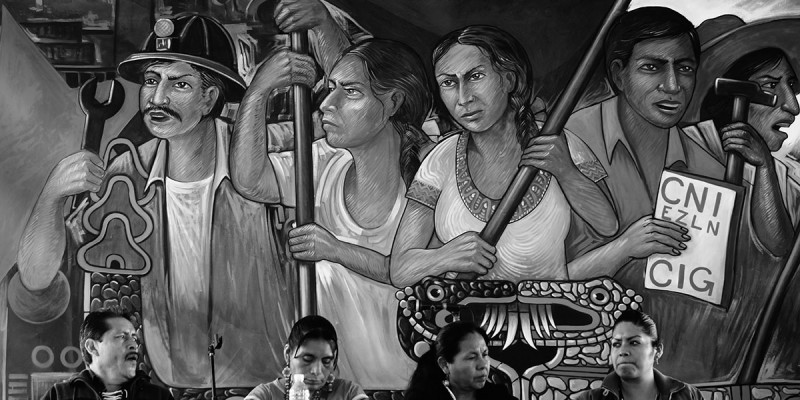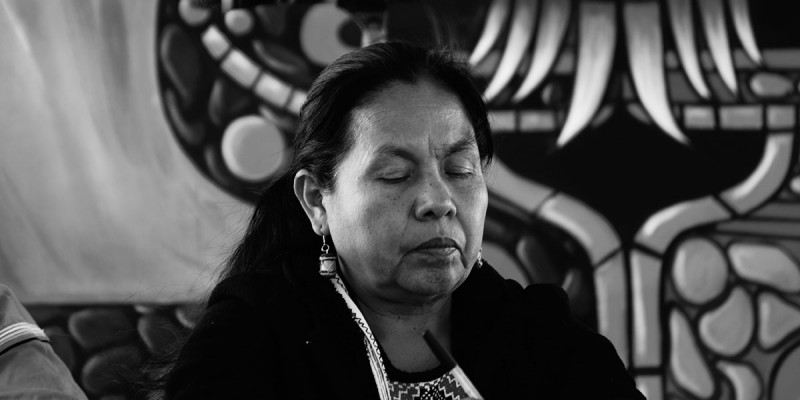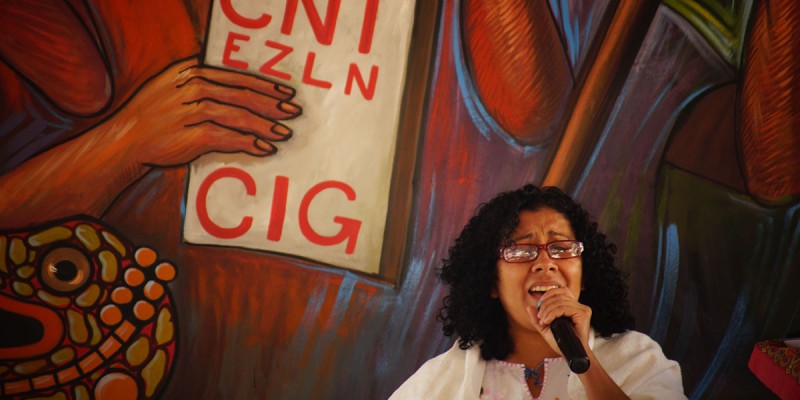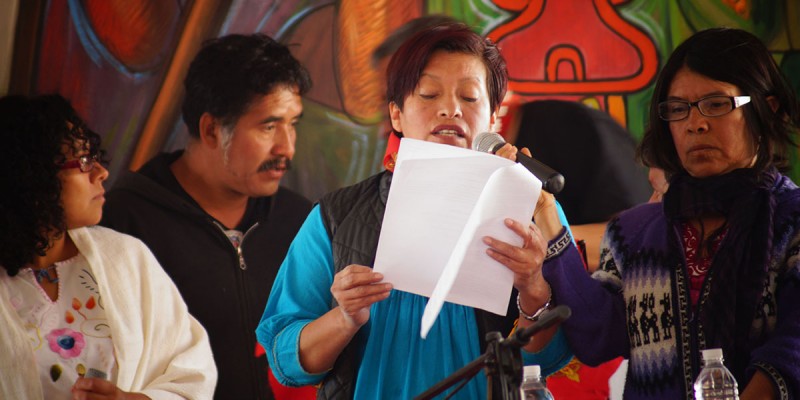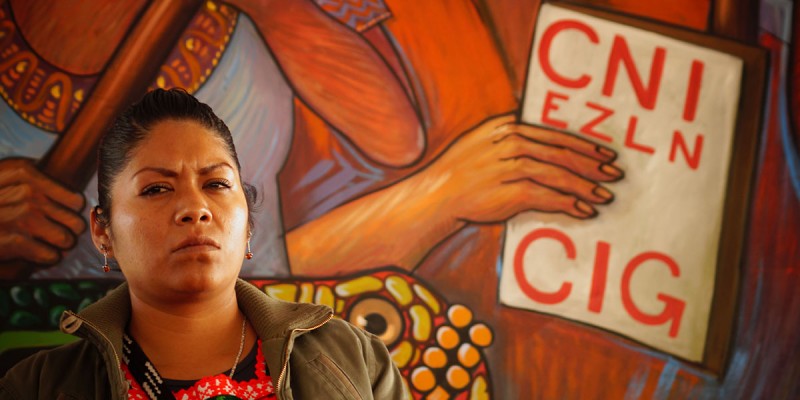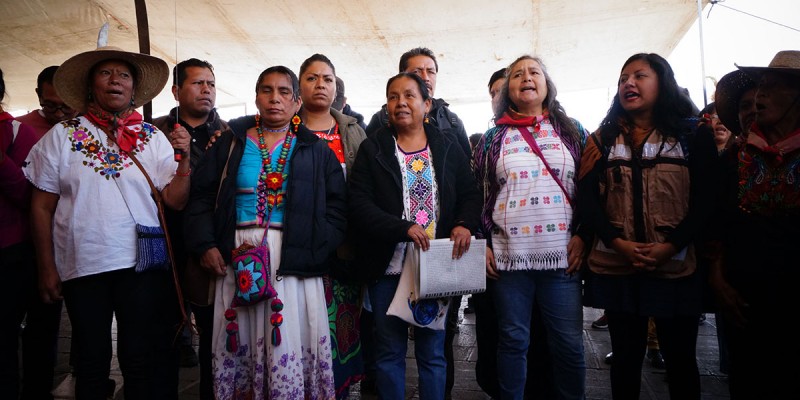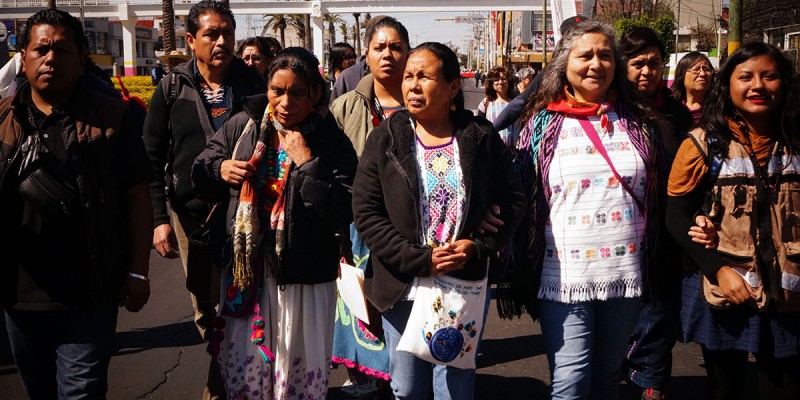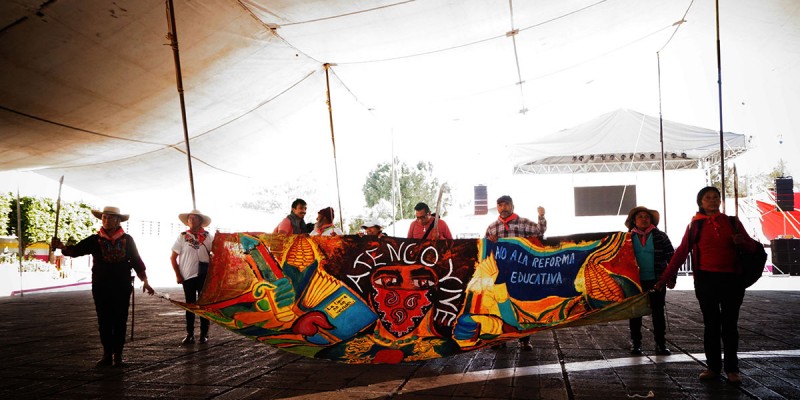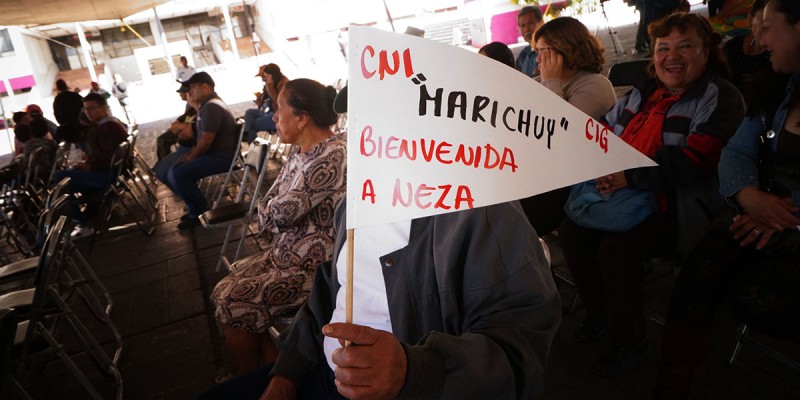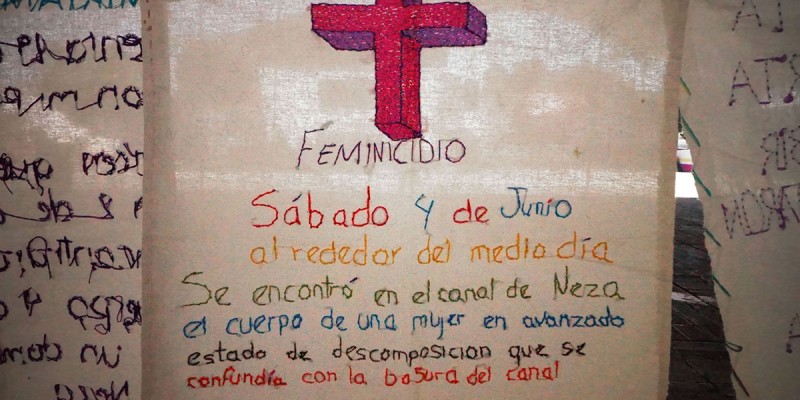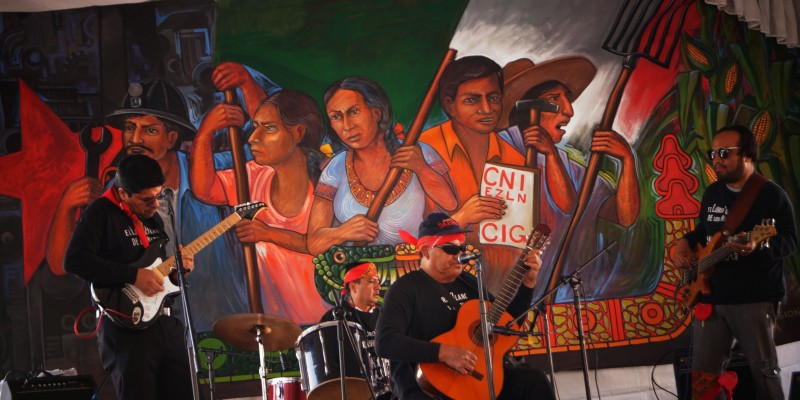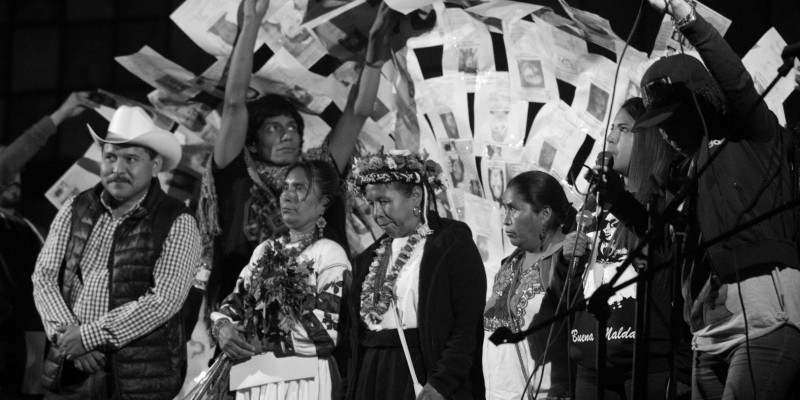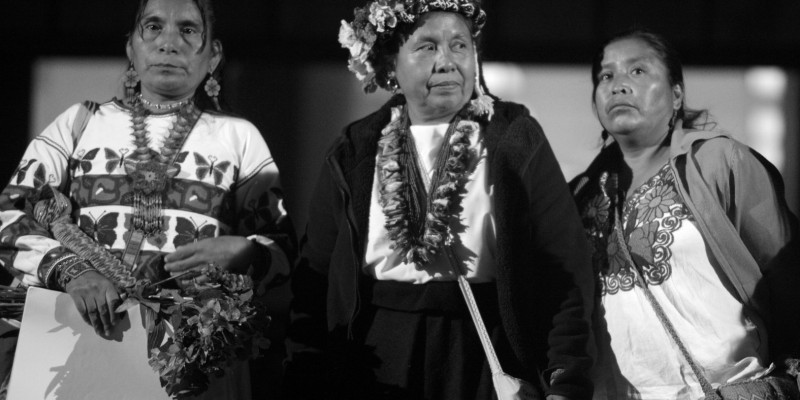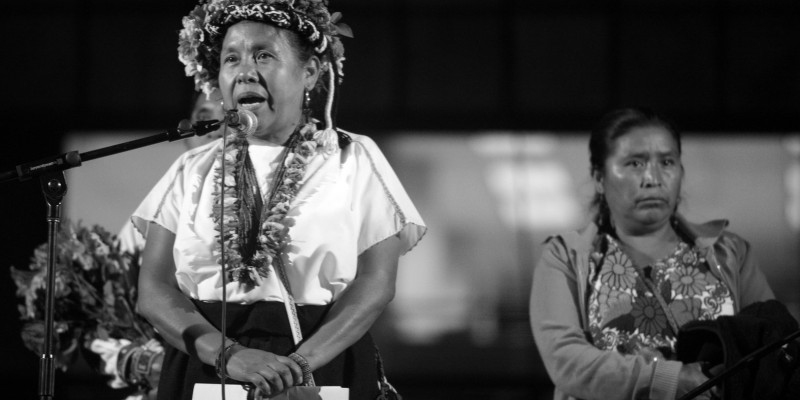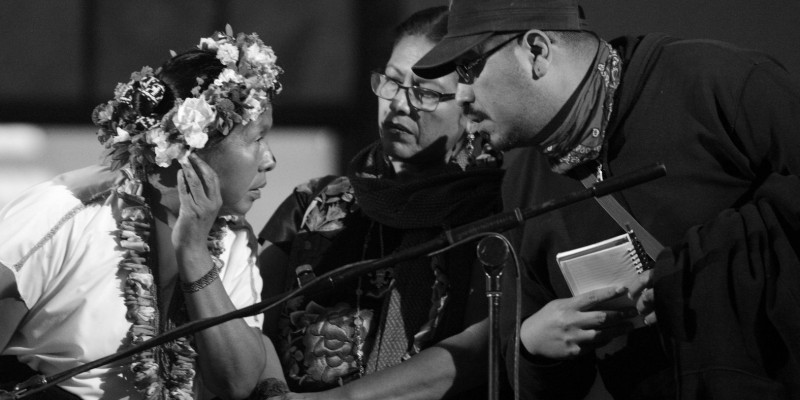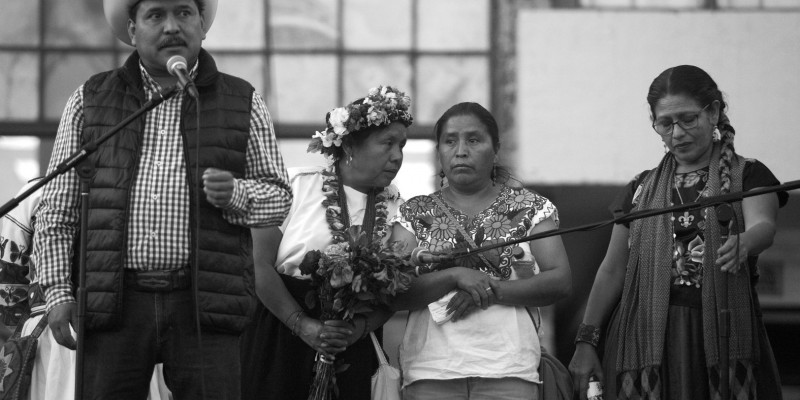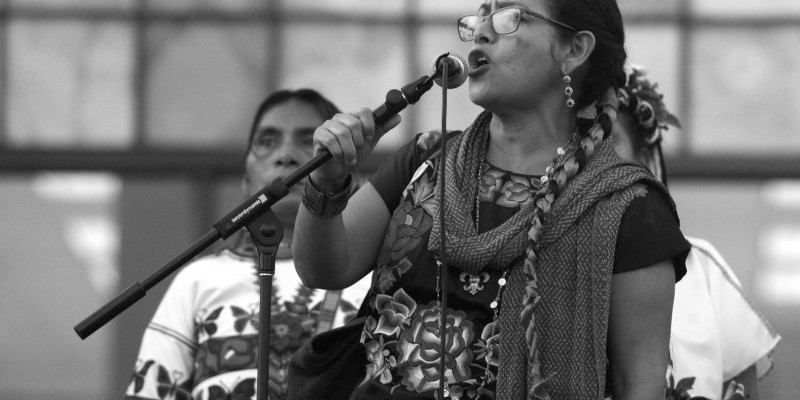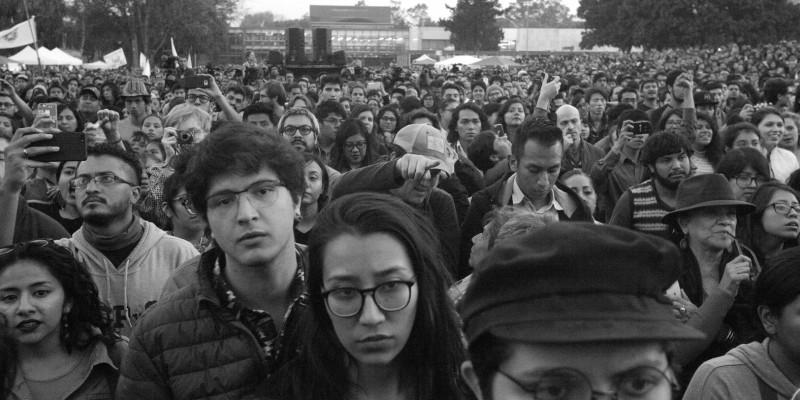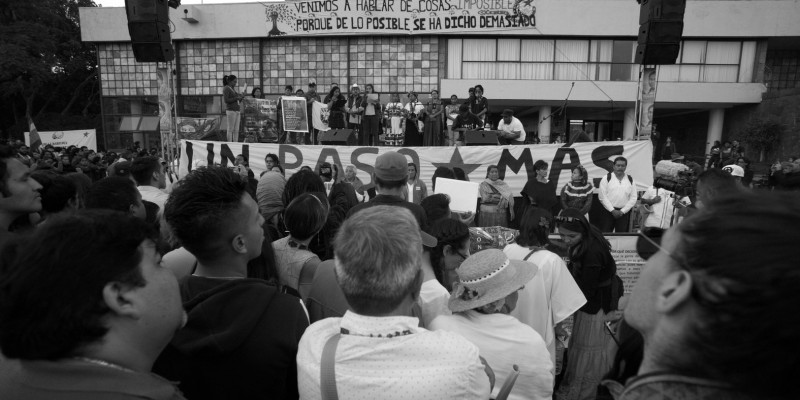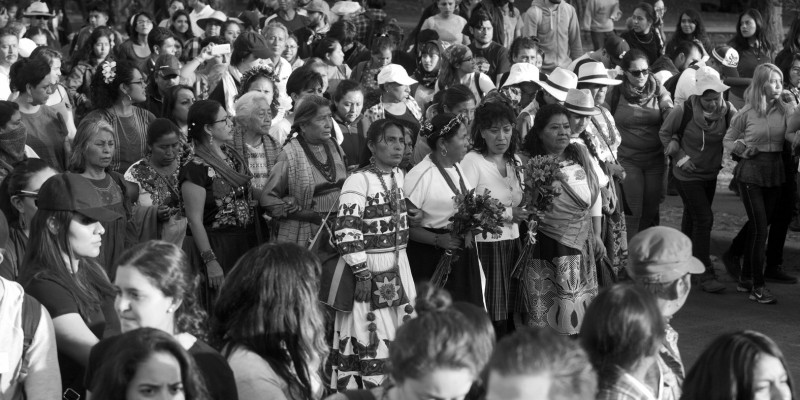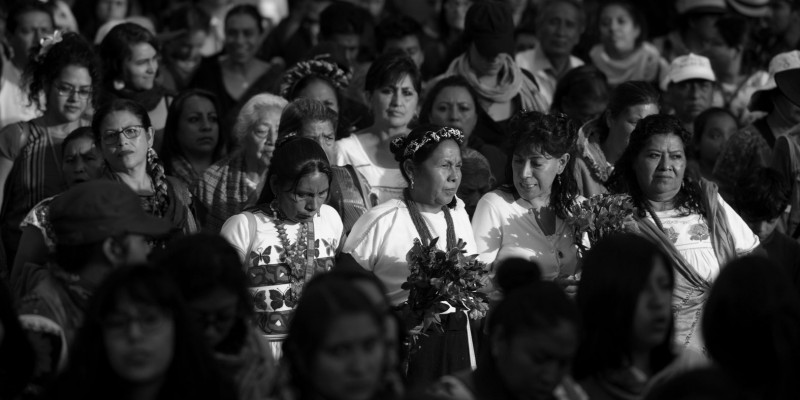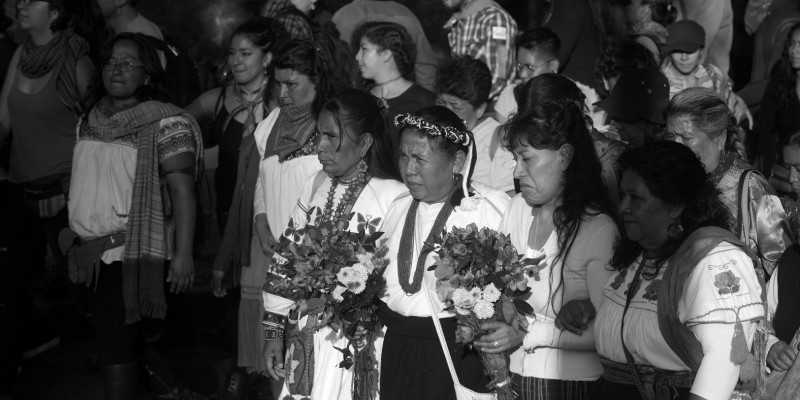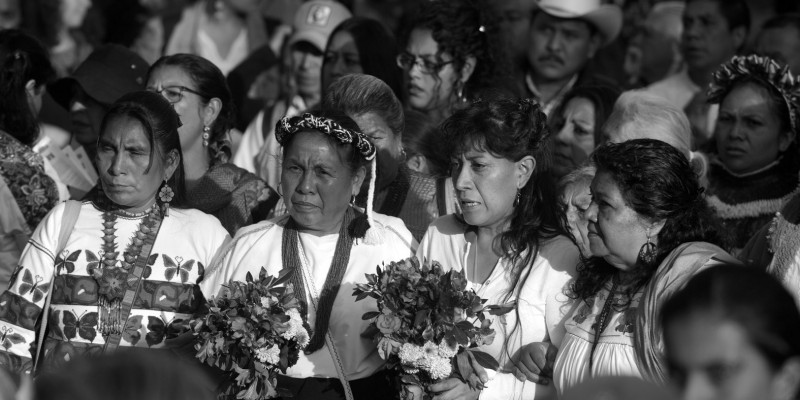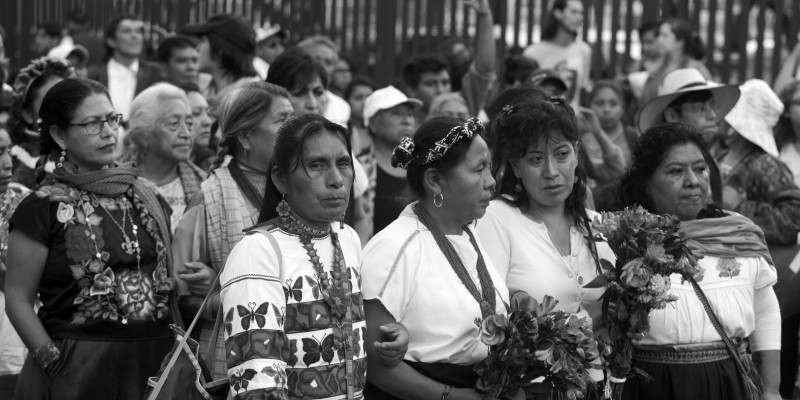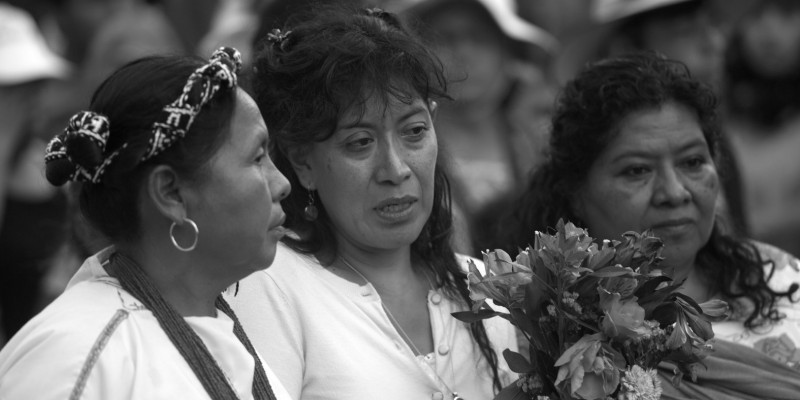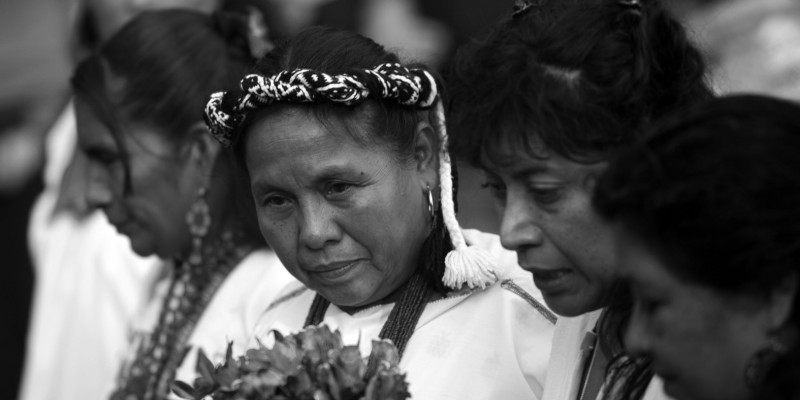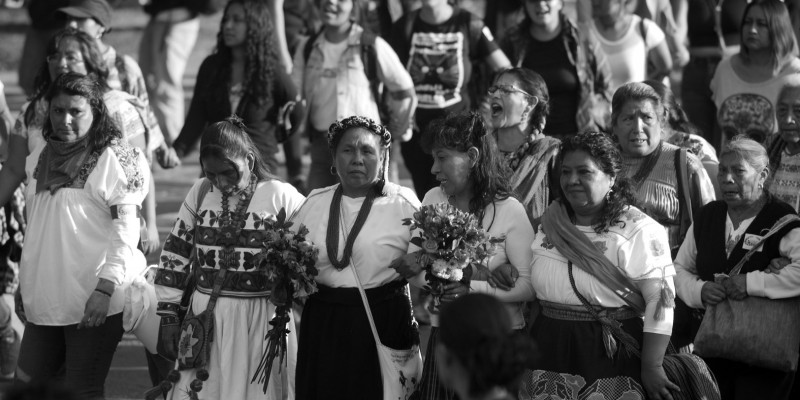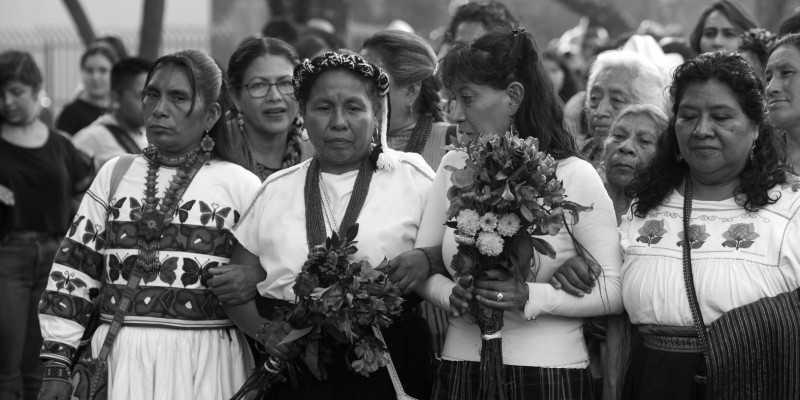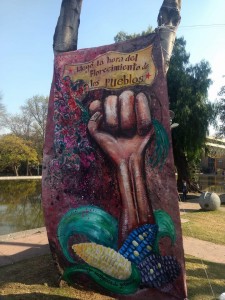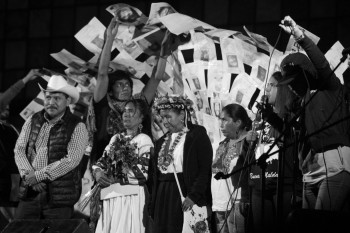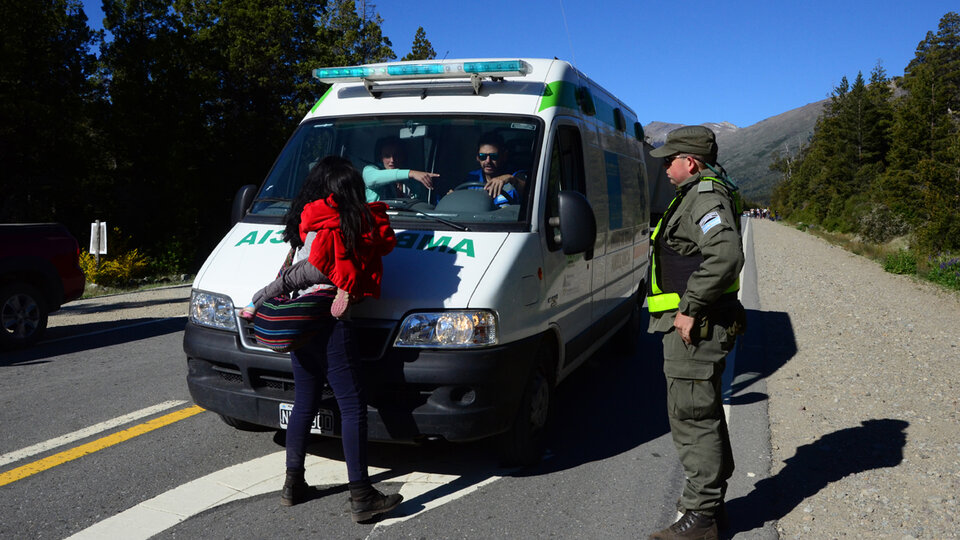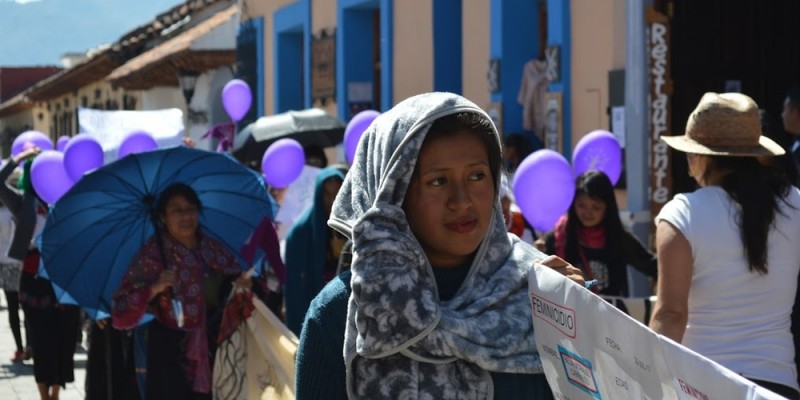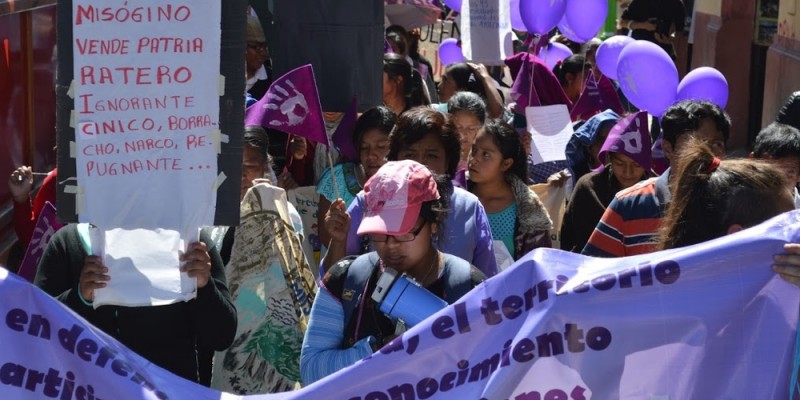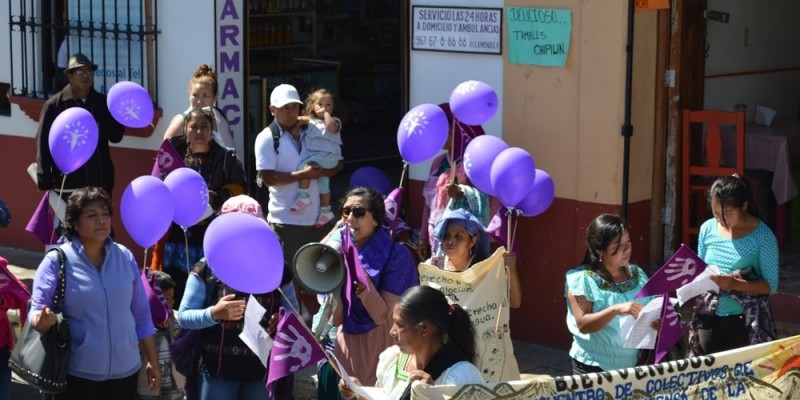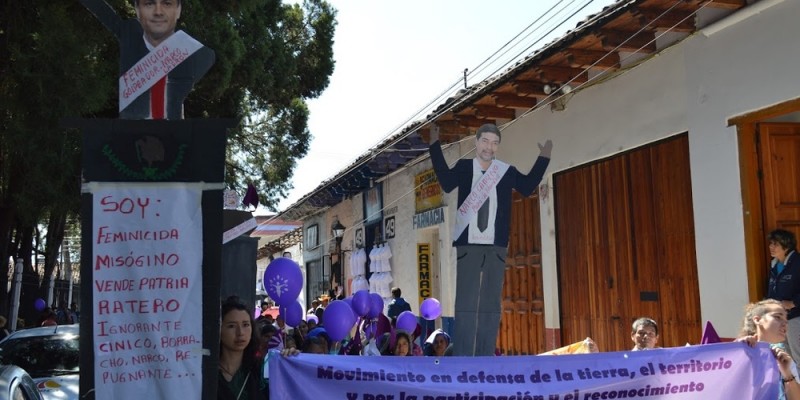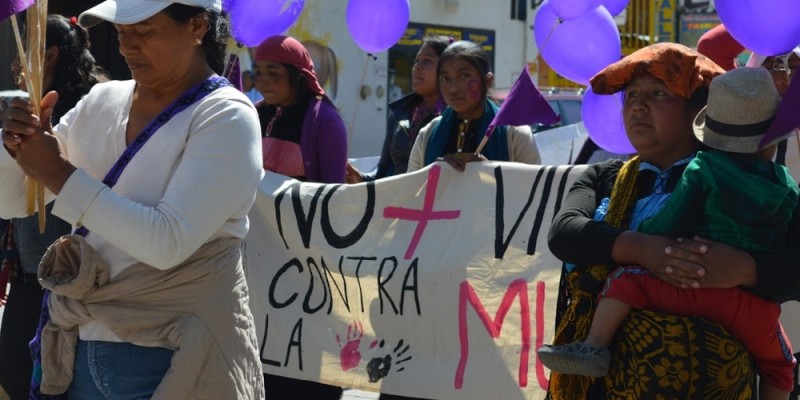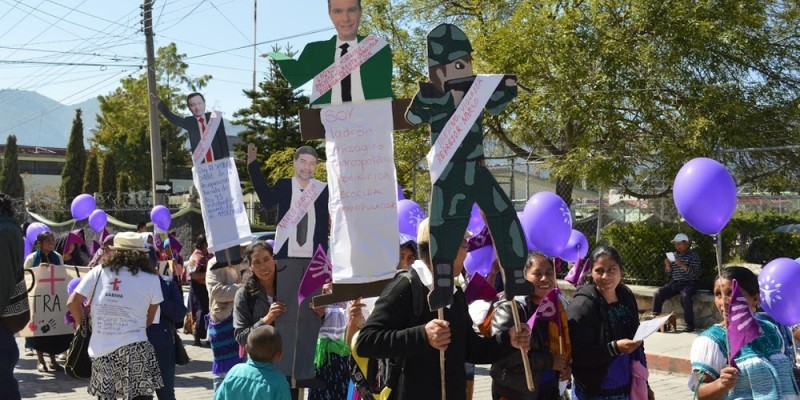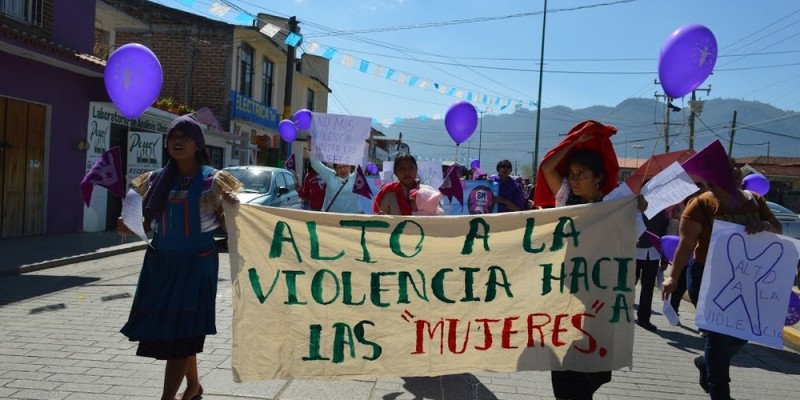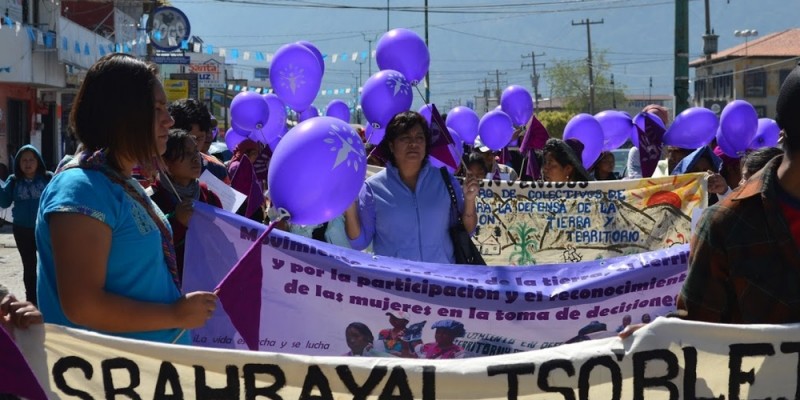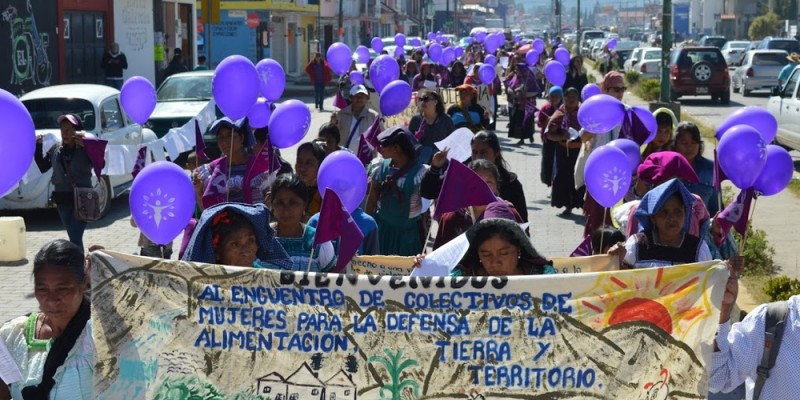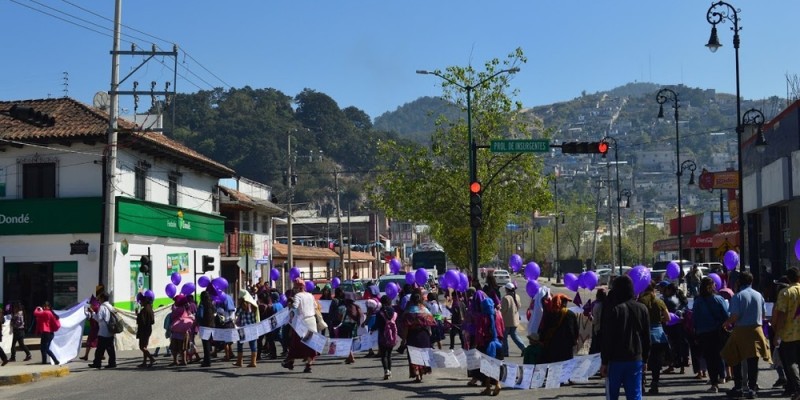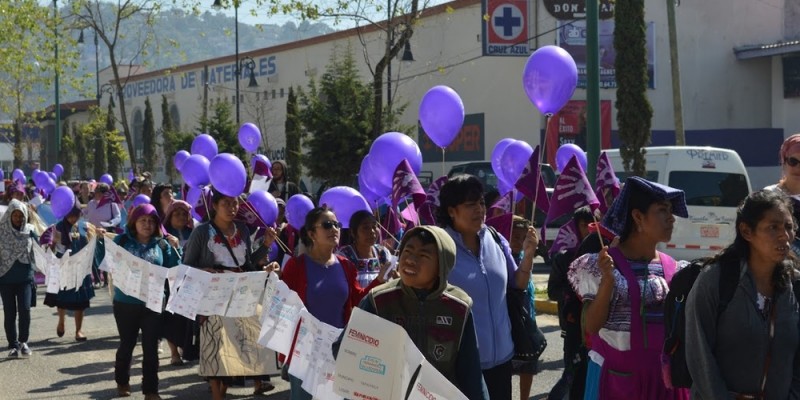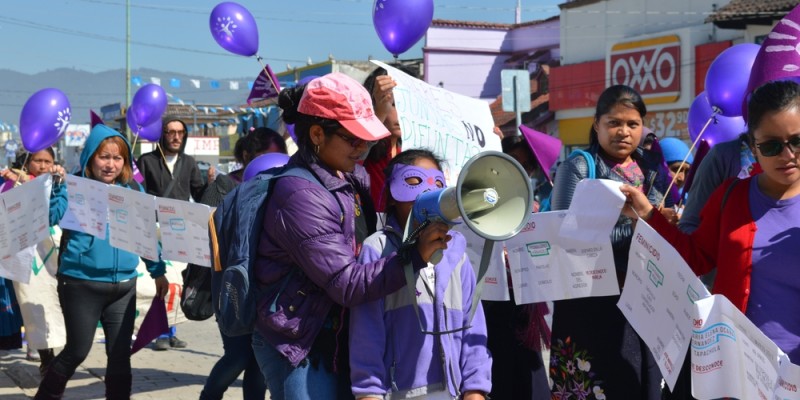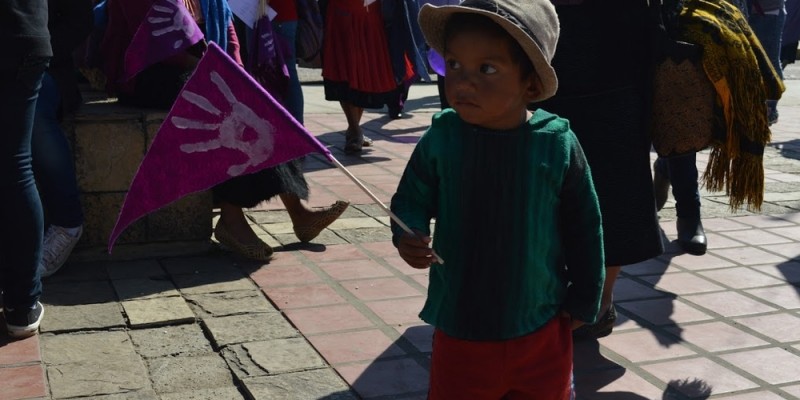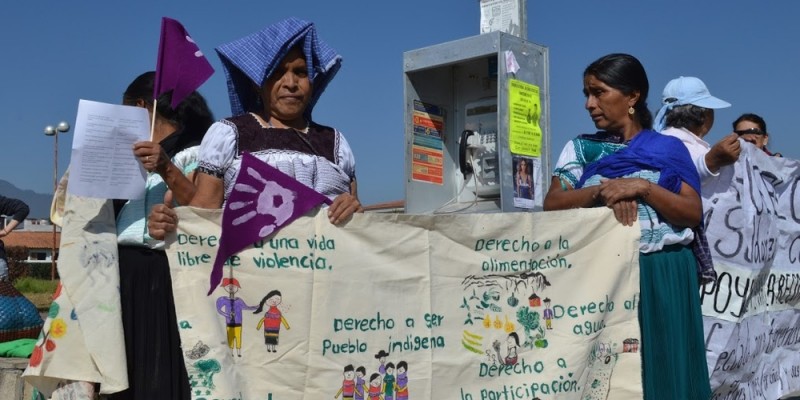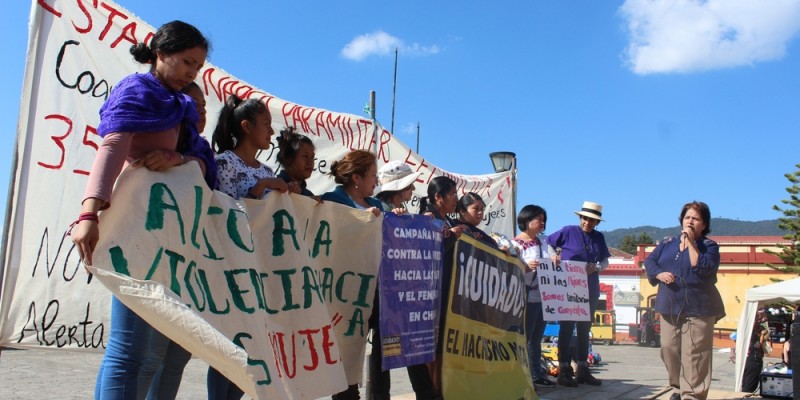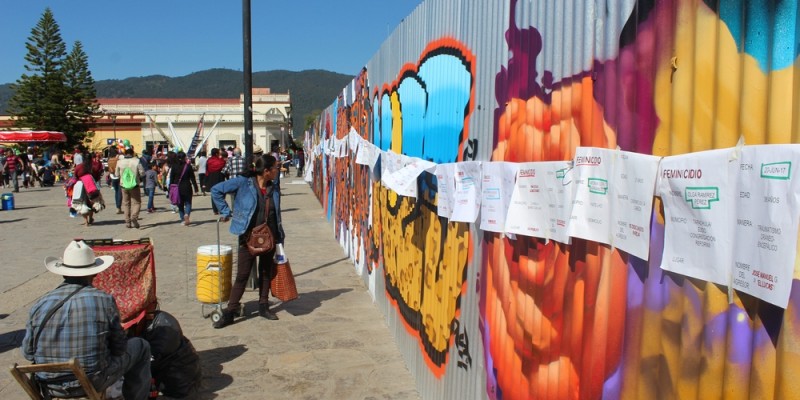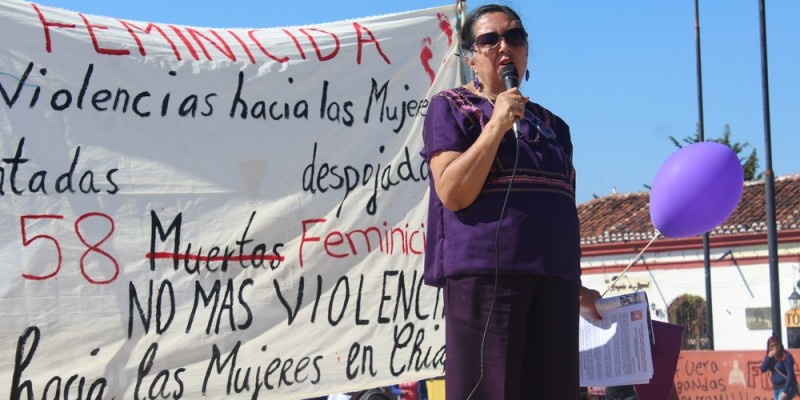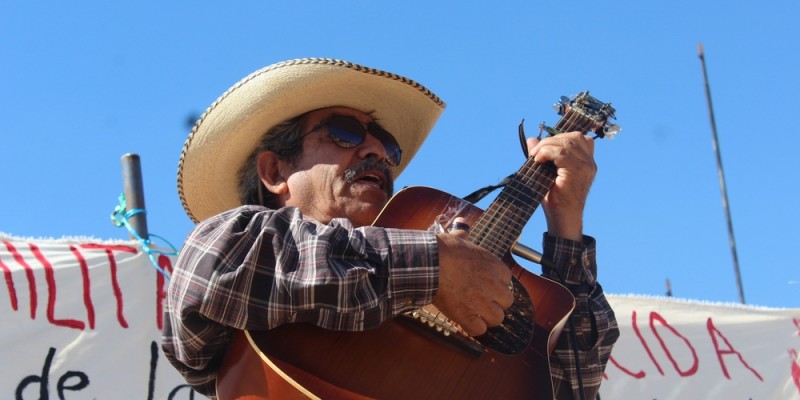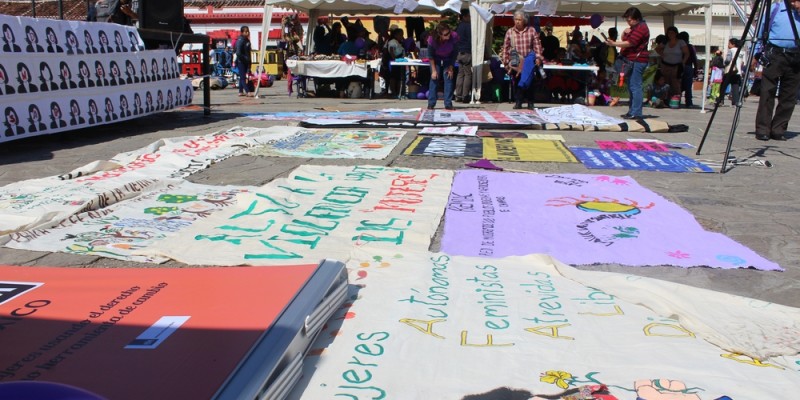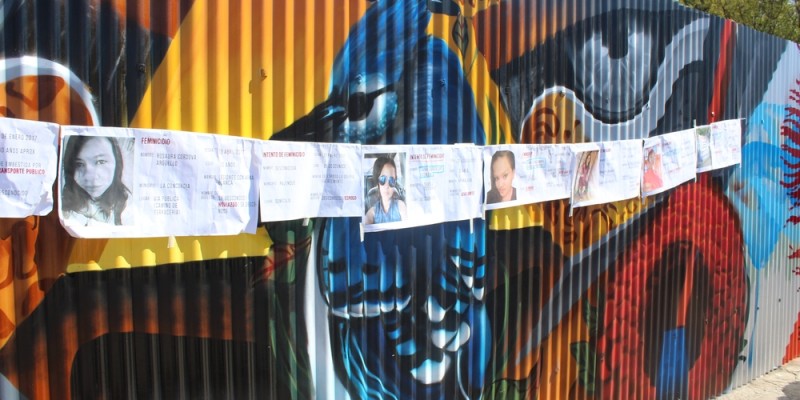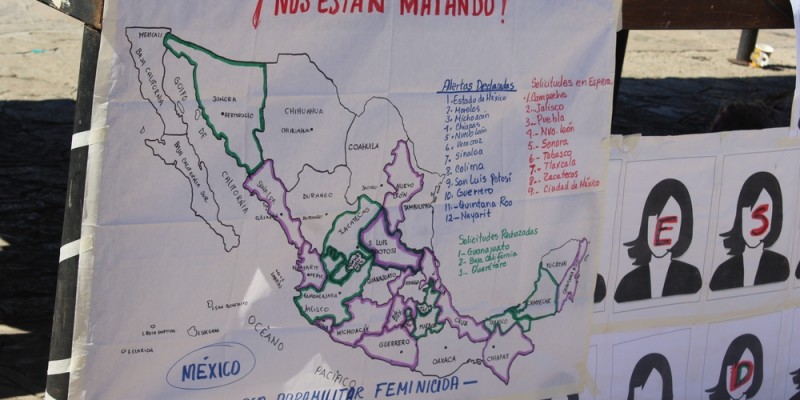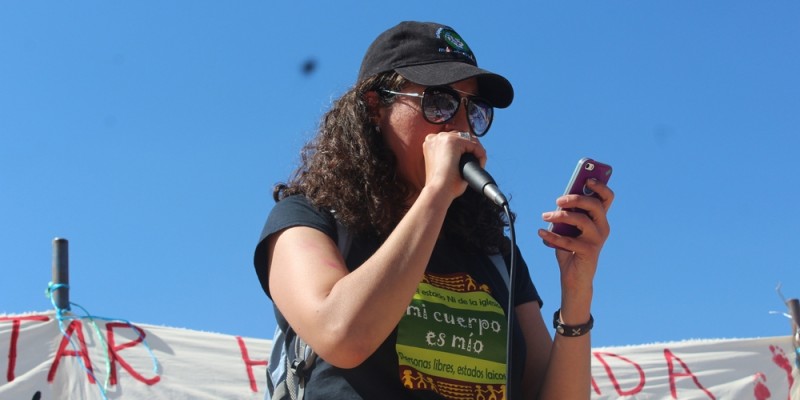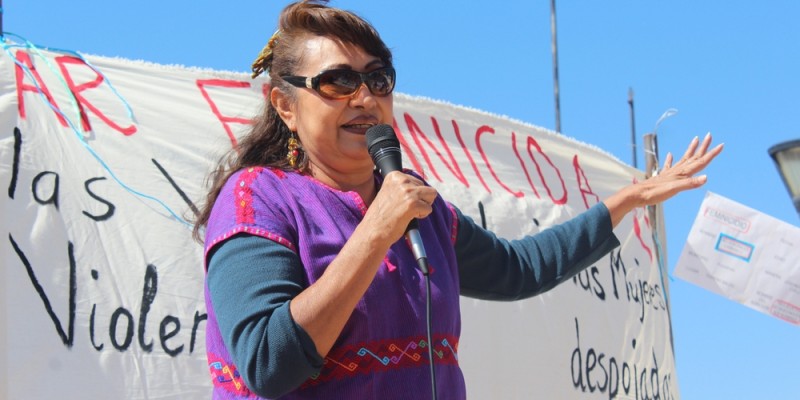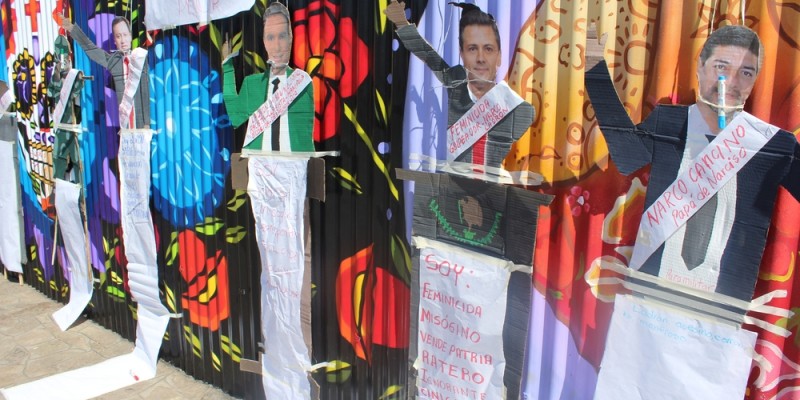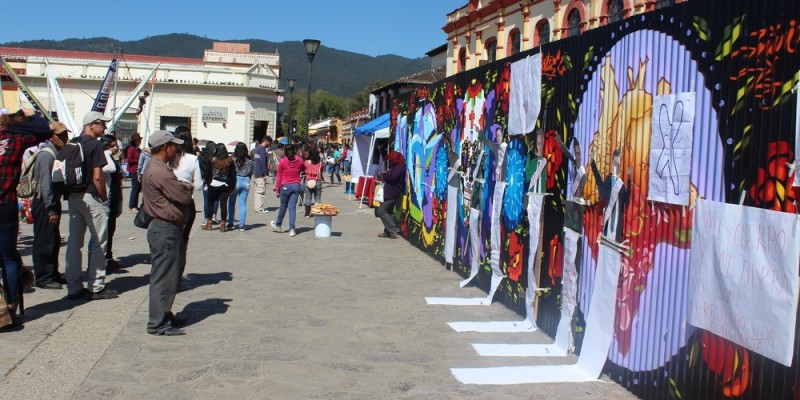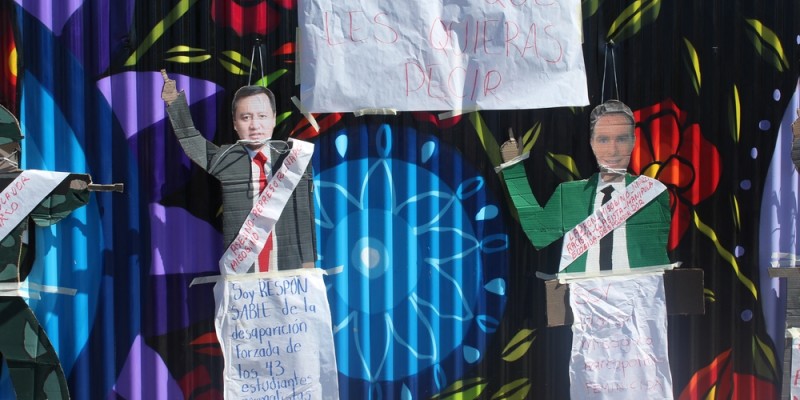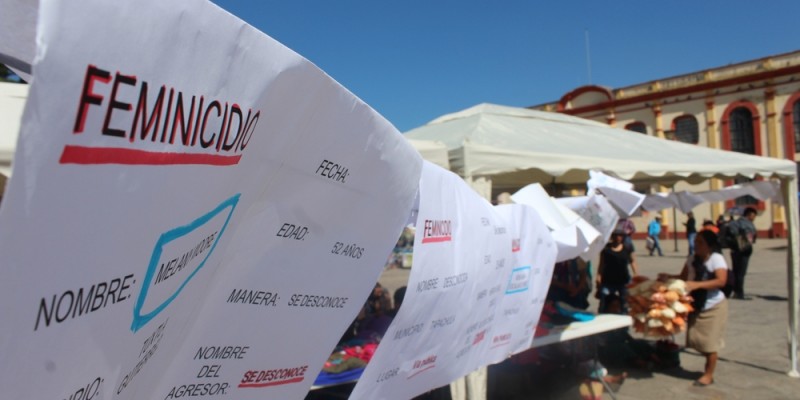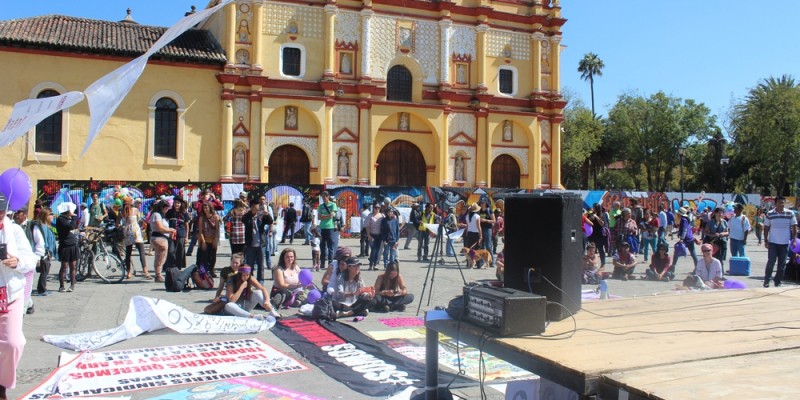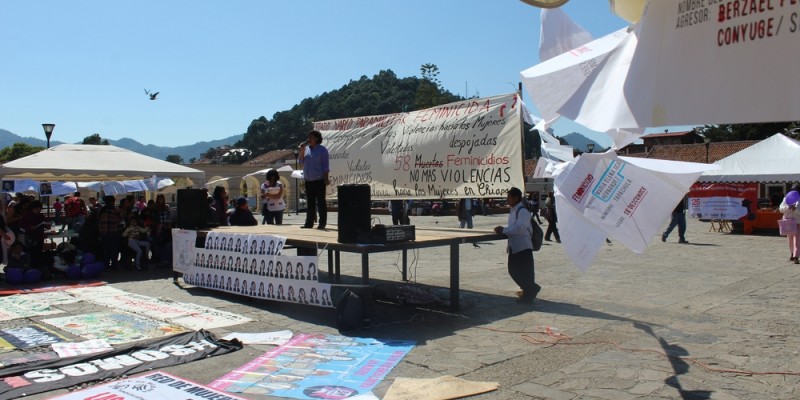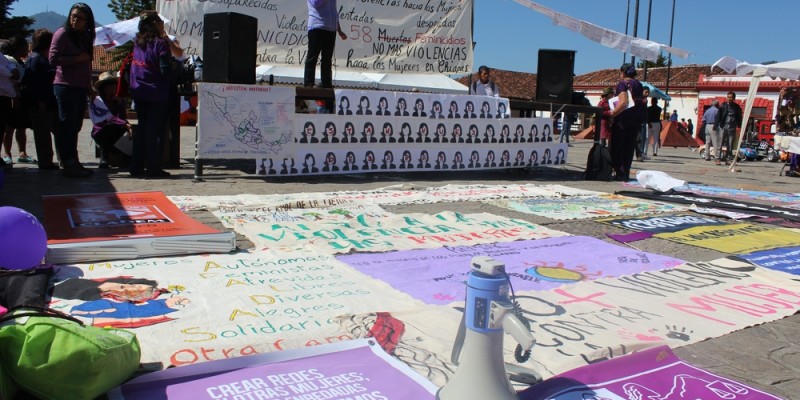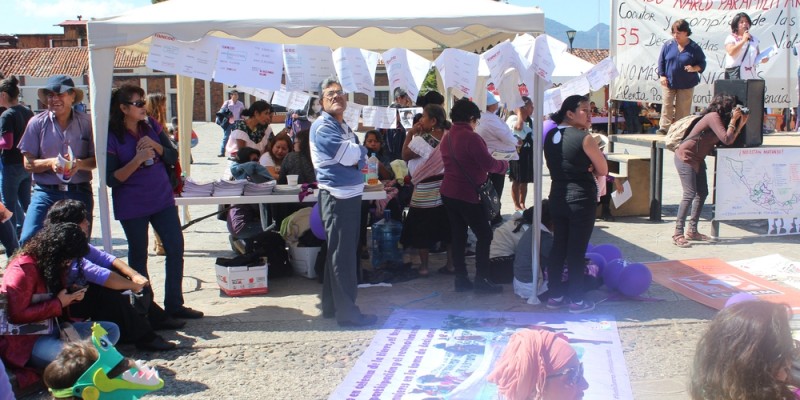
(Español) 81 razones y la lucha por la dignidad en las cárceles de Latinoamérica
Privados de libertad, no de dignidad
El 8 de diciembre del 2010 una tragedia enlutó la vida de decenas de familias, dejando además a todo el mundo desconcertado. Tan sólo unas horas antes, un incendio en la cárcel de San Miguel había producido la muerte de 81 reos y dejado a otros 13 gravemente heridos. El hecho produjo varios motines e intentos de estos, así como huelgas en diversos recintos penitenciarios del país.
Preliminares de una catástrofe
Durante aquella fatídica madrugada del 8 de diciembre, un grupo de internos de la cárcel, subdivididos en “la pieza chica” y “la pieza grande”, —espacios particularmente precarios, desprovistos de iluminación y ventilación— luego de haber ingerido alcohol, comenzaron una riña en donde utilizaron elementos cortopunzantes de distintas dimensiones y un balón de gas acondicionado como lanzallamas.1
El uso de este último fue lo que detonó las llamas, que empezaron a propagarse alrededor de las 5:00 horas. Los bomberos fueron recién alertados a las 05:47 horas, vía telefónica por un propio interno. Para aquel entonces, el fuego había consumido por completo el ala sur del penal, dejando atrapados a los internos y comenzando a matar por asfixia a los reos del ala norte. Recién a esa hora se registraron movimientos de Gendarmería.2
Los gendarmes no utilizaron los escasos mecanismos ni protocolos de emergencia existentes, además la infraestructura disponible (mangueras, red seca y húmeda) no funcionó. A esto se suma el hecho de que las pésimas condiciones de la Cárcel de San Miguel eran ya conocidas por la autoridad. Sin embargo, no se adoptó ninguna modificación presupuestaria para mejorar su condición general.
Como si esto fuera poco, luego de la tragedia, no se proveyó ningún recurso judicial efectivo para las víctimas. Dicho en otros términos, el Estado, luego de haber generado las propias condiciones de una catástrofe sin precedentes en la historia del país, no se hizo cargo siquiera de ofrecer un reparo a las familias de las víctimas. Fue ante tales circunstancias que familias de los internos fallecidos decidieron fundar la agrupación 81 Razones por luchar —a partir de ahora 81 Razones—, con el lema “privado de libertad pero no de dignidad”.
Muchas más que ochenta y un razones
Desde su fundación —a fines del 2010— hasta el presente, 81 Razones se ha encargado de buscar mejoras para la situación de los internos en las distintas regiones del país, a través de asesorías jurídicas, pero por sobre todo, atención y afecto. Asimismo, suele convocar a una velatón conmemorativa los primeros días 8 de cada mes, al tiempo que colabora con otras instancias reivindicativas o solidarias con personas encarceladas.
(Español) Chalchihuitán y Chenalhó: ¿Una masacre anunciada?
“Estamos sufriendo mucho. Se quemó mi frijol y mi maíz, se quemó mi casa, ahí se quedó mi marranito, mis pollos. Ahora ya no tengo nada. Estamos sufriendo con mis hijos, estamos sufriendo mucho, estamos sufriendo de hambre.”
Estas son algunas de las palabras de una mujer tsotsil entrevistada por el padre Marcelo Pérez Pérez, párroco de Simojovel, Chiapas, a finales de noviembre. Ella tiene dos hijos pequeños y ahora no tiene casa, duermen en la montaña, donde en la noche la temperatura baja a veces a menos de cero grados. No tienen cobijas, no tienen alimentos. Perdieron todo, no saben qué hacer y viven con el miedo constante por los disparos de armas de alto calibre que se escuchan todos los días y todas las noches.
Como ella, casi 6 mil indígenas tsotsiles (5023 de Chalchihuitán y 950 de Chenalhó) sobreviven en las montañas de Los Altos de Chiapas en condiciones de extrema precariedad. Entre ellos, miles de niños y 114 mujeres embarazadas, algunas a punto de parir.
Todos ellos fueron expulsados de sus tierras por un grupo armado que, según denuncias de los propios desplazados y diversas organizaciones, cuenta con el apoyo y está al servicio de Rosa Pérez, la presidenta municipal de Chenalhó por el Partido Verde Ecologista (PVEM), impuesta por la fuerza hace tres años tras lo que sus opositores aseguran que fue un fraude electoral.
La violencia y el desplazamiento forzado tienen que ver con un conflicto agrario creado por el gobierno federal hace 45 años, pero que se detona en tiempos recientes por la muerte de Samuel Pérez Luna, campesino de Chalchihuitán, asesinado con ocho balazos por el grupo armado de Chenalhó mientras trabajaba una de sus parcelas el 18 de octubre de este año. Semanas después, entre el 12 y 13 de noviembre, el grupo armado sitia a Chalchihuitán, cierra todas las entradas, corta con maquinaria pesada la carretera que da acceso a la cabecera municipal, quema casas y milpas, amenaza a la población de asesinarla, la aterroriza con disparos de armas largas y provoca el desplazamiento forzado de miles de indígenas que vivían en la zona limítrofe entre ambos municipios.
Hoy, a mes y medio del inicio del desplazamiento forzado, y pesar de los llamados de la población y de organizaciones nacionales e internacionales, el gobierno finge actuar y no hace nada por solucionar las causas fundamentales del conflicto, de las que él mismo es responsable.
